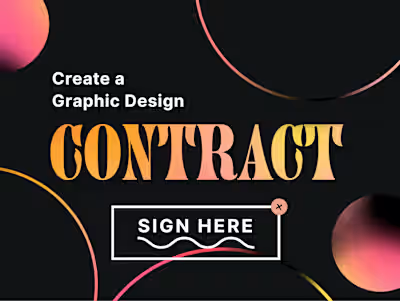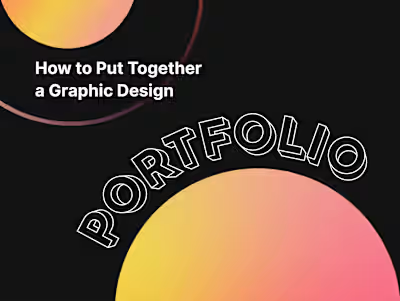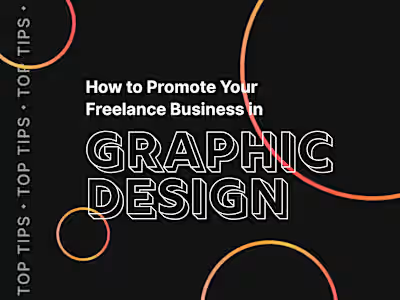Freelance Graphic Design: How to Price Your Services
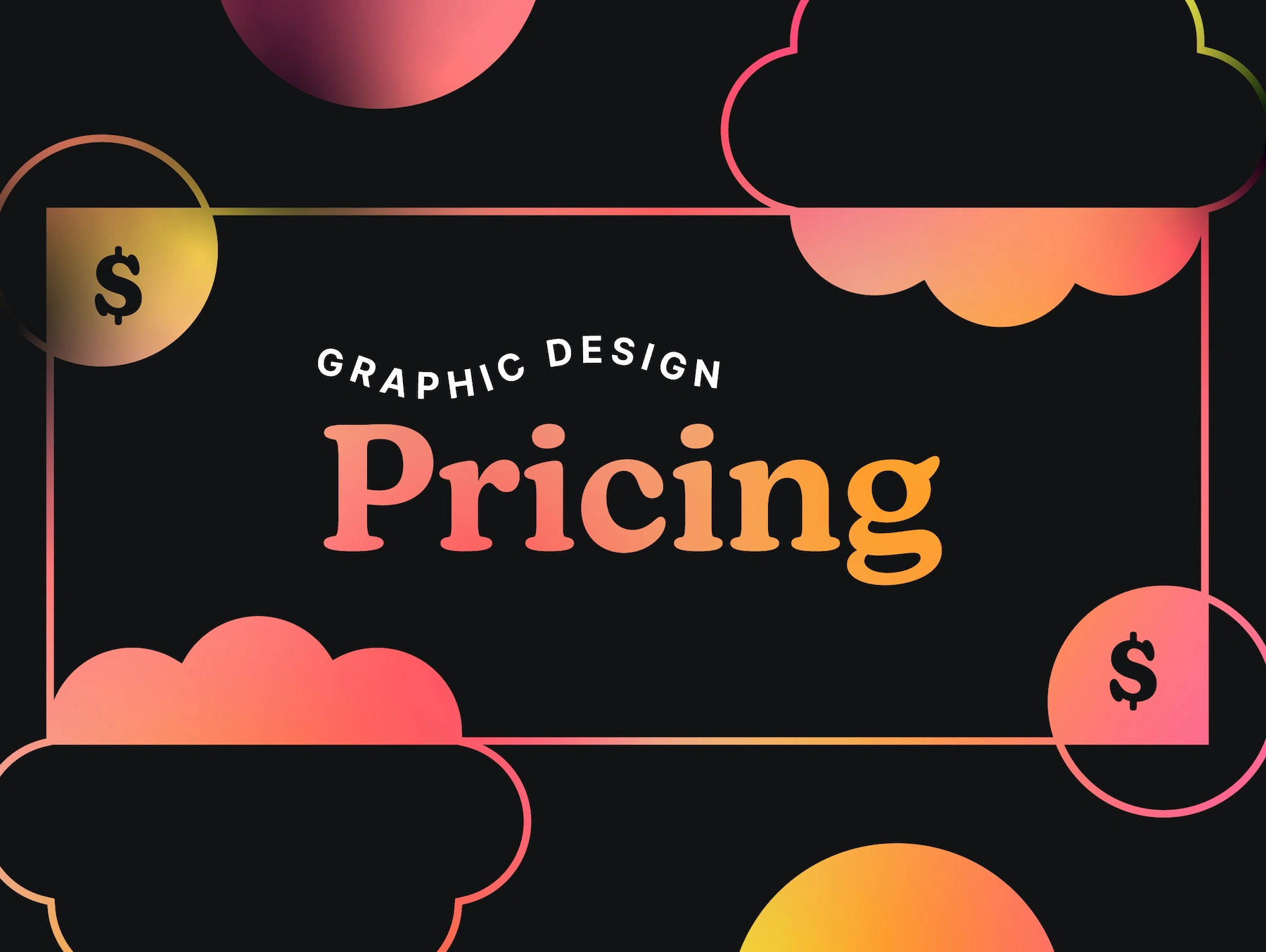
So, you landed a new freelance graphic design client. They love your portfolio, and send you a project. How much will you charge?
This is a question many creative professionals wrestle with. Creating a quote can feel like plucking numbers out of the air or marking your own work.
The key to arriving at the right price is taking a systematic approach. With a little homework, you can find a rate that provides value for the client while covering your costs and allowing you to make progress toward your financial goals.
To help you navigate the various options, we decided to take a closer look at how the most successful graphic designers approach pricing.
A Pricing Guide for Design Freelancers
Setting your freelance rate is a challenging task. However, taking the time to work through the figures is very important. Your choices can dictate how many hours you work, what kind of work you will have, and how much compensation you will receive.

The first step in determining your pricing strategy is to decide how you will be charging clients. There are two primary systems used in freelance design: per project, and per hour.
Per-Project Pricing
Popular among well-established freelancers, per-project pricing means setting a fixed fee for completing all the proposed client work. This has several benefits, both for you as a freelancer, and your client:
Easy to calculate your quote
You can work at your own pace
No need to track time
Client knows exactly how much the work will cost
Charging per project allows you to turn your service into a fully-packaged product with a price label. This is convenient for clients, and removes some of the pressure around fixed hourly rates.
Of course, there are some disadvantages:
You may end up working longer than expected
Fixed price means variable income per hour
Difficult clients may try to add more work for the same price
The key to mitigating these issues is thinking carefully about the project and communicating with your client.
Consider how long the work is likely to take, and include some extra time when calculating your quote. You don’t want to cut your rate in half because it took 10 hours to nail a custom font.
Also, be clear about what you will deliver. Ask your client to sign a contract that stipulates exactly what is covered in the fixed-price agreement, including how many revisions you will make. If they come back asking for more, simply offer to complete that work for an extra free.
Summary: per-project pricing reduces admin and stress, but it requires careful thought and clear communication.
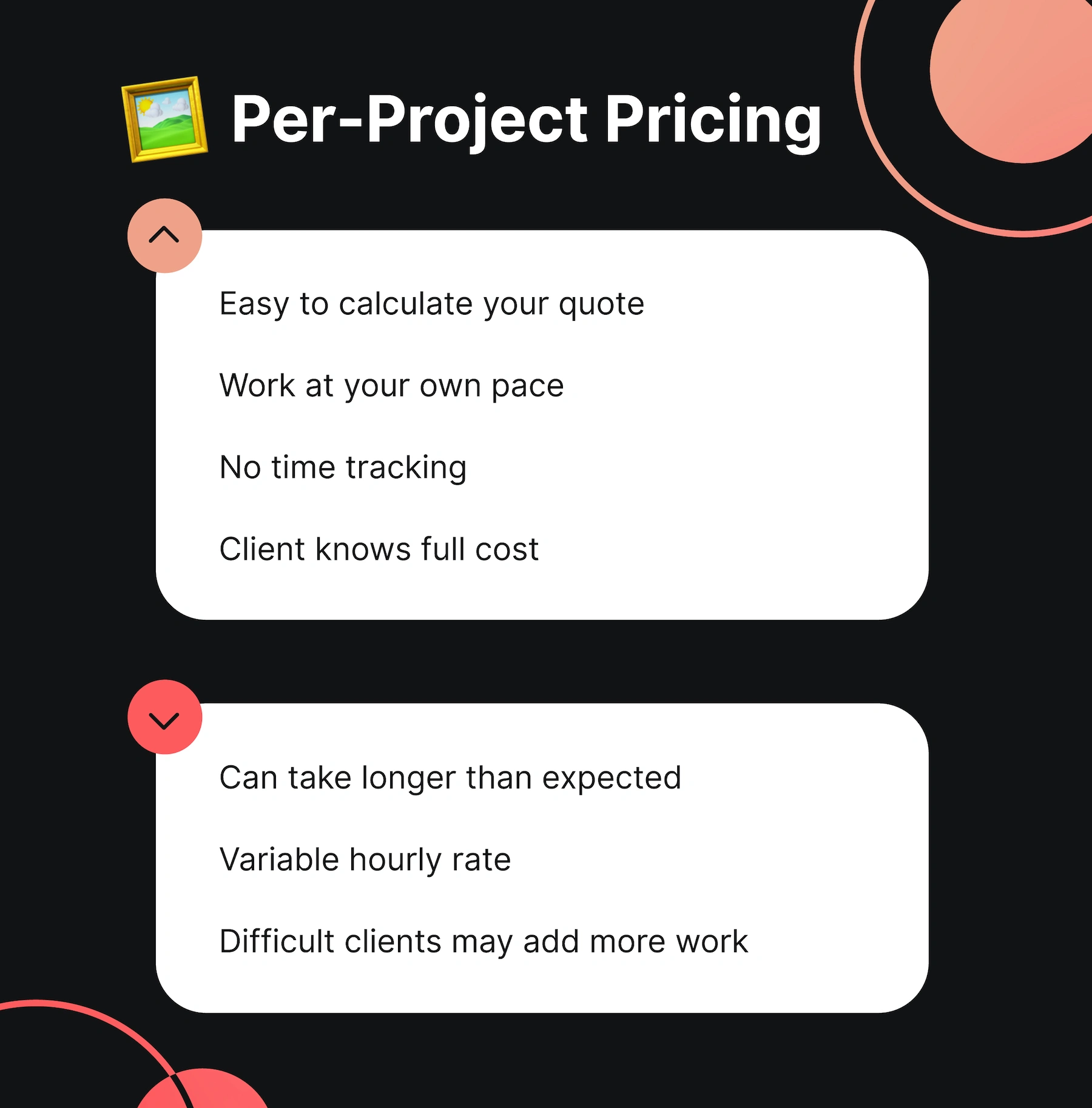
Per-Hour Pricing
Many freelancers start their careers with per-hour pricing. This is where you offer the client a fixed price per hour of work. It’s a simple system that has several advantages:
You get paid for every hour of work
You always earn your target rate
Clients are less likely to waste your time
Projects usually stick to schedule
The simplicity of per-hour pricing is attractive, especially when you are not sure how long projects will take. But as your business grows, there are a few downsides to consider:
Constant time tracking required
Calculating expenses is tricky
Not easy to jump between projects
The faster you work, the less you earn
If you are going to use per-hour pricing, you will need to keep detailed records, and stay disciplined about what is billable time and what isn’t.
Summary: per-hour pricing is great for hitting your target rate, but it creates extra admin and clients must be willing to trust you.
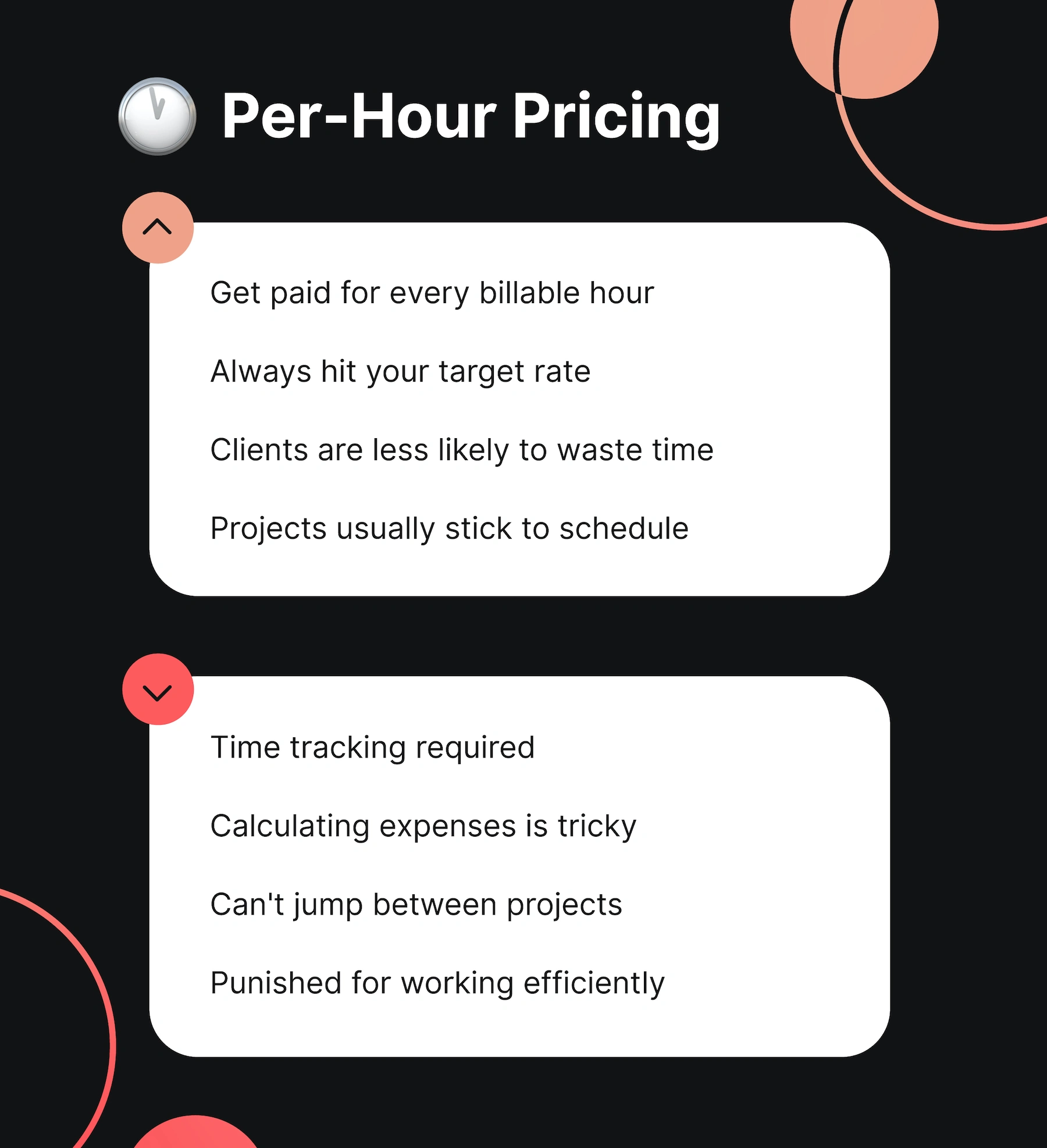
How to Set Freelance Design Rates in 8 Easy Steps
While frameworks are useful, pricing ultimately comes down to numbers. With little data around, coming up with a sensible figure can seem daunting. Let’s see how the experts handle it!
1. Add Up Your Expenses
For any business, the absolute bare minimum is breaking even. That means earning enough to cover the bills. The first step in achieving this is understanding the expenses you need to cover.
Start with your personal expenses. If you don’t keep records, look through your bank statements for the past year. Anyone who is switching from full-time work to freelancing should also add the key benefits that your employer was previously paying for.
“As a freelancer, you have more financial concerns than people who work a regular job,” writes Andy Wood of the Shillington Design Bootcamp. “You are also solely responsible for your taxes, retirement, and healthcare costs.”
You also need to think about business expenses. This includes everything from the web hosting for your portfolio to graphics tablets and printer ink. If you are setting up a new business, research these costs.
Once you have added up all these outgoings, add another 10–20% to cover emergencies and unexpected costs.
2. Set Yourself a Salary Goal
Of course, your current rate of spending might be shaped by how much you earn right now.
If you are entirely comfortable with this lifestyle, then you can skip to the next step. But if you would like to earn more, now is the time to identify your target salary.
We are not talking about Bill Gates money here; just an estimate that will cover your expenses and your taxes, leaving some pure profit to spend on fun stuff.
Starting with this figure, you can then calculate how much you need to make each month, each week, and each hour to reach your goal.
3. Billable Hours
When an employee works 40 hours a week, they are paid the same amount for every hour. In contrast, a freelance graphic designer is only paid for billable hours of work — the time you spend solely on delivering a client project.
For experienced designers, billable hours can take up a large proportion of the working day. Thriving freelancers are able to dedicate 5–6 hours per day to client work.
Newer entrants to freelance design will probably have to spend less time on client work, and more time on the unpaid chores of finding clients.
“I would expect your billable hours to be far lower,“ writes Patricia van den Akker of The Design Trust. “You might be looking at 40–50% [of your working hours].”
She advises freelancers to be “on the cautious side with the number of days or hours you will be able to invoice for.”
4. Calculate Your Hourly Rate
Now we have all the key ingredients, it’s time to start baking your pricing structure.
Here is the formula to use:
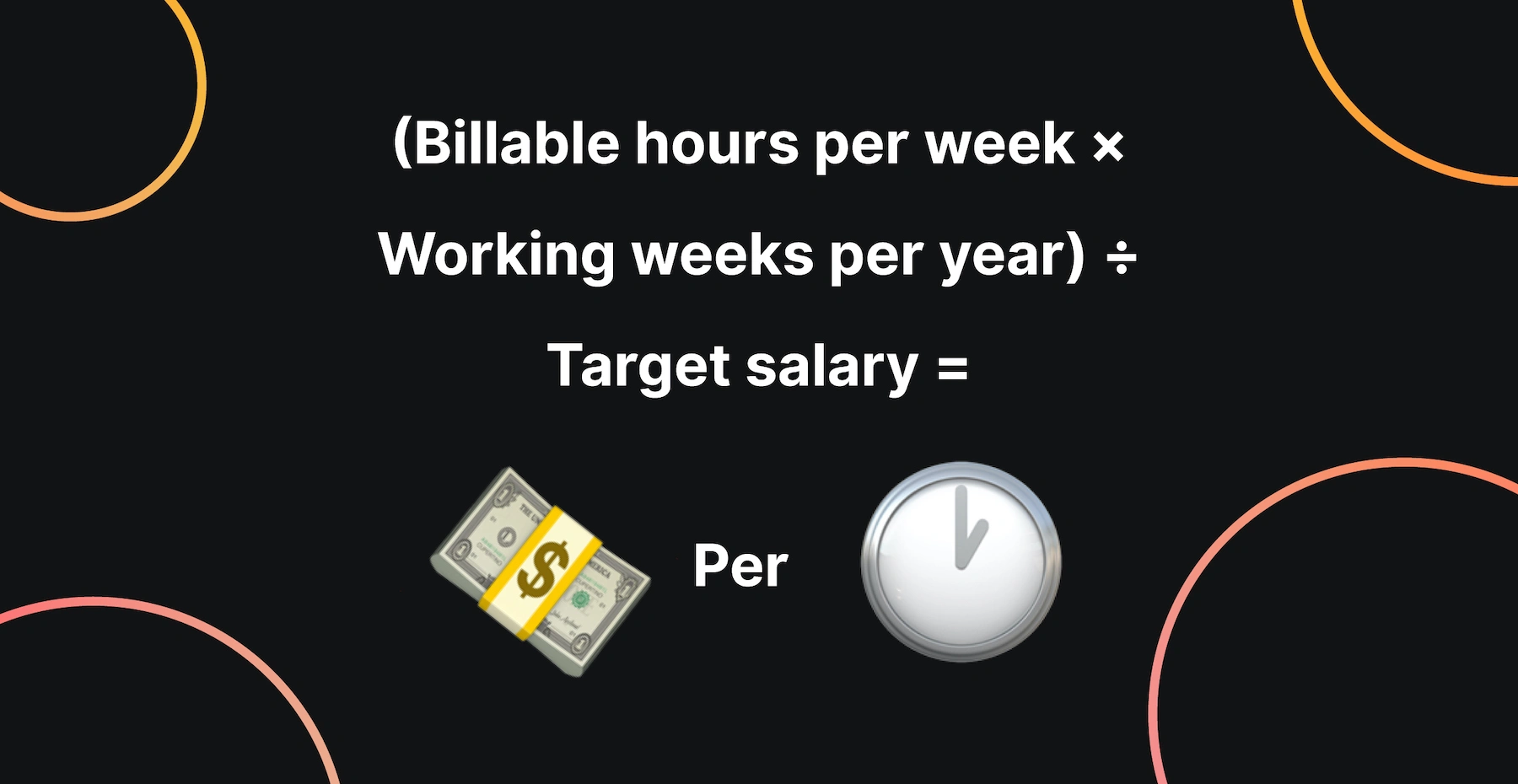
To explain the calculation, let’s use some made-up numbers.
You want to earn $80,000 per year
You expect to work for 20 billable hours each week
You plan to take two weeks of vacation each year
Now let’s put these numbers into the formula:
20 billable hours per week × 50 weeks per year = 1,000 hours per year
1,000 hours per year ÷ $80,000 per year = $80 per hour
And just like that, you have arrived at your target rate for freelance graphic design.
5. Adjust for the Market, if Necessary
While it’s entirely possible to run with this figure, you may want to make adjustments in order to accommodate market forces.
According to Andy Wood at Shillington Education, the average rate charged by freelance graphic designers is “around $45 dollars an hour.”
An experienced designer with a well-established freelance business may be able to charge multiples of this figure. New talent might need to drop a little lower to secure consistent work.
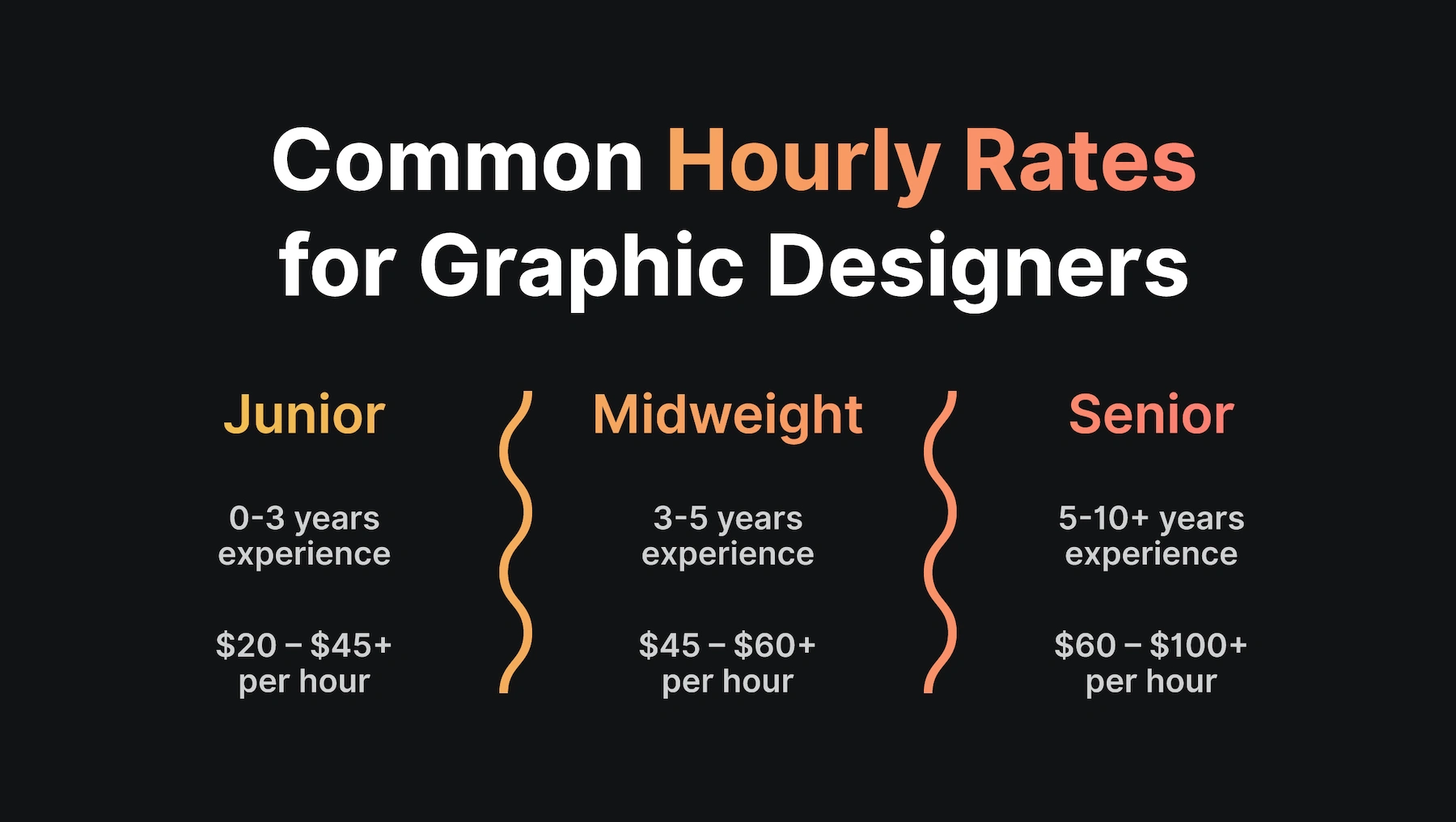
First Quarter Finance has also put together a comprehensive list of example prices for per-project graphic design.
6. Adapt your Rates for Each Project
It’s also worth noting that your prices are not fixed. Charging your local coffee shop and Starbucks at the same rate makes little economic sense. Feel free to raise or drop your rates for each project.
You can adjust your quotes based on:
the client
the type of work
how busy you are
the turnaround time
Remember that your target rate is simply the average amount you need to earn per hour to reach your goals.
7. Adopt Value-Based Pricing
Along with the variables mentioned above, it is worth thinking about the actual value of your work when setting your rate.
Let’s return to the coffee shop example. Creating a poster for your local café will generate a relatively small amount of income for that business. In contrast, designing a new logo for a multinational brand will help that company generate millions of dollars in revenue. Your rate should reflect this.
We call this value-based pricing.
8. Look at Using Retainer Contracts
One of the main challenges faced by independent graphic designers is maintaining a consistent flow of work. Even faithful clients may fall off the radar for months before returning with a new project.
One way to bridge the financial gap is by moving your most active clients on to retainer contracts. This is where the client pays you a fixed amount each month in exchange for guaranteed availability.
Along with the benefit of consistent payments, these contracts are easier to manage and thus free up time for other work. From the client’s perspective, it’s the next best thing to having an in-house designer.
In graphic design, such retainer contracts are best suited to clients that need social media content, blog content, flyers, advertisements, and other designs on a frequent basis.
When you come to build your retainer package, consider how many hours your client can usefully use each month. Multiply that amount by your target rate, and then deduct your “loyalty discount”.
Make sure this reduction is enough to entice the client, without cutting too deeply into your rate. Around 10% off your standard rate is a good starting point.
Common Pricing Mistakes to Avoid
If you follow the steps above, your freelance graphic design pricing should be generally headed in the right direction.
Don’t Set Your Prices too Low
While experience and the quality of your work can affect your rate, they are less important than you might think. If you have the skills of a professional graphic designer, you should be charging like one.
Many independent designers start too low with their pricing. As a result, their working week expands and they have less time to complete each assignment. In turn, the quality of their work diminishes. Don’t fall into this trap!
Don’t Drop Your Rate to Meet the Client’s Budget
Using flexible rates is good. Bending over backward is bad.
If a client says they cannot afford your quote, try to avoid lowering your prices to meet their budget.
As an alternative, Colleen Gratzer from the Design Domination podcast recommends changing the scope or schedule of the project to suit your client’s budget. You can then reduce the overall quote without discounting your rate.
Still not affordable? “Move on to the next one or ask them to get back in touch if they get the budget for it,” she says. “I’ve had that happen, if you can believe it!”
Don’t Offer Extras for the Same Price
Rush jobs are more stressful than standard projects, and they can interfere with your schedule. This special treatment should come with a premium price tag.
Likewise, you should only include native files for logo designs. For any other project, your client should be paying for the privilege. “I’ve charged anywhere from 30% to 100% of the fee,” says Colleen Gratzer.
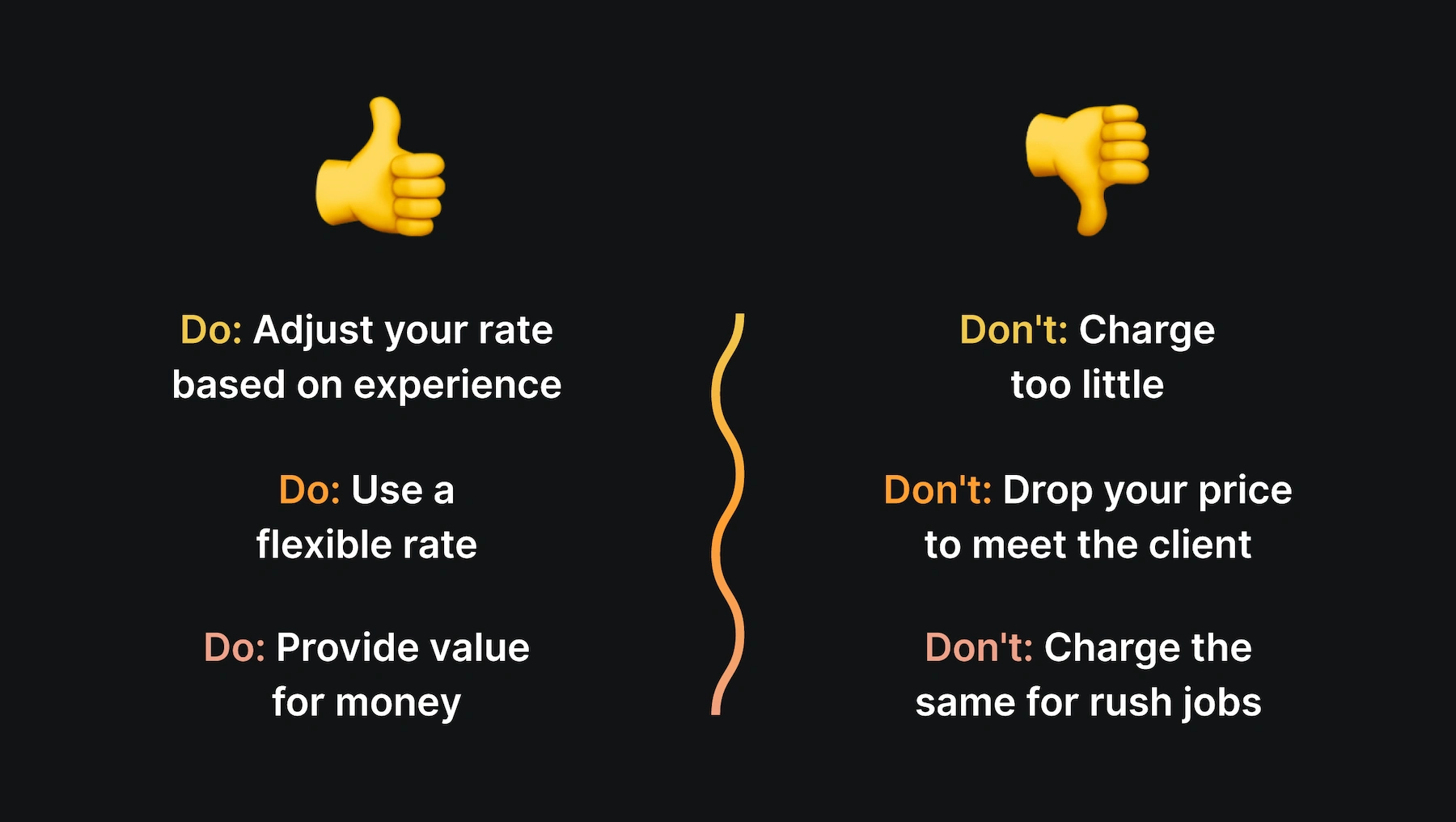
Start Charging What You Deserve Today
Pricing is an important part of any graphic design business. Simply by changing your rates, you can radically improve your working week and your salary.
Want to upgrade other areas of your business? When you create a profile on Contra, you get an online portfolio that is sure to attract work. The platform can also help you connect with potential clients and collaborators.
Sign up today to explore the benefits for yourself!
Like this project
Posted Apr 9, 2021
Likes
0
Views
850


